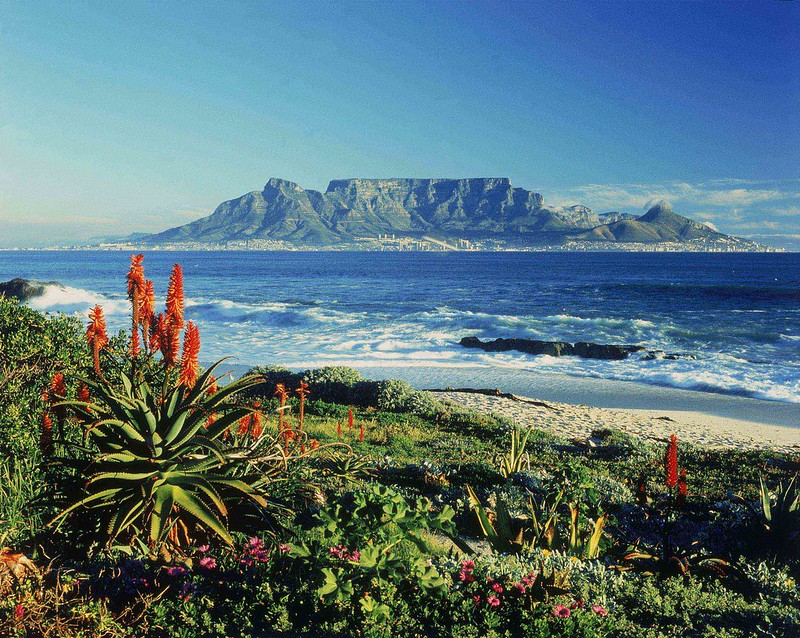
Table Mountain Facts
- The simple yet perfectly apt term of Table Mountain serves as the english language name of this majestic creation of natural forces. Yet it also has other general titles by which it’s known. These include the relatively short moniker of Tafelberg.
- Populations of local Indigenous Peoples long knew of its existence, of course. Different groups held equally differing names for the remarkable feature. The closest approximation using the english alphabet for the most common one is Huriǂoaxa.
- Outsiders, however, did not discover it until comparatively modern times. The Portuguese sea captain, António de Saldanha, holds the distinction of being the first known non-native individual to spot the feature. He named it Taboa do Cabo.
- Today, Table Mountain comprises the central component of the namesake Table Mountain National Park. It represents one of the most frequently visited tourist destinations in the country in which it sits. This poses problems for preserving it.
- Originally named the Cape Peninsula National Park, the government of the country formed the park surrounding it in 1998. Due to its incredible nature, it was named one of the New Wonders of Nature in 2011. Sadly, though, it remains vulnerable.
Related Articles
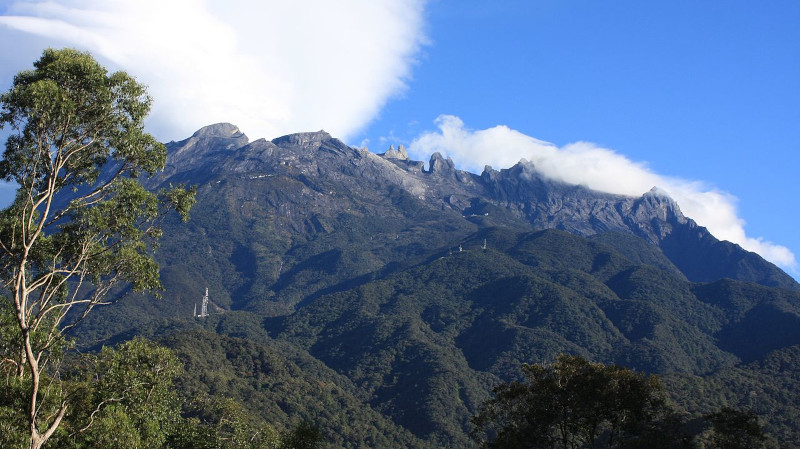
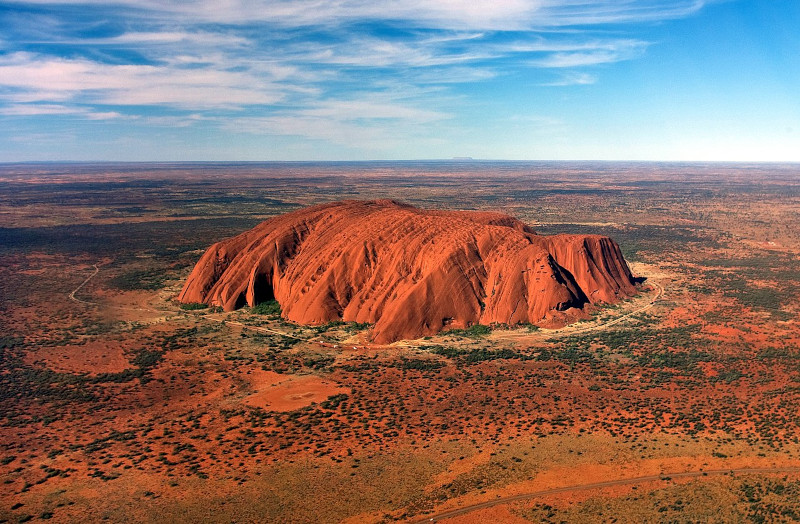
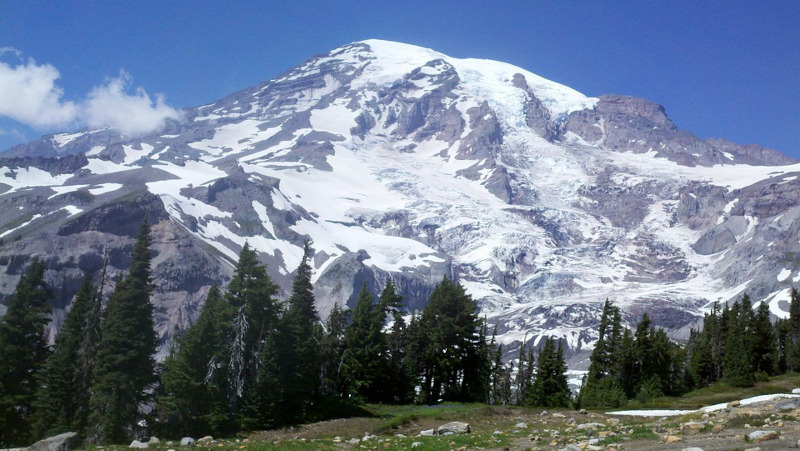
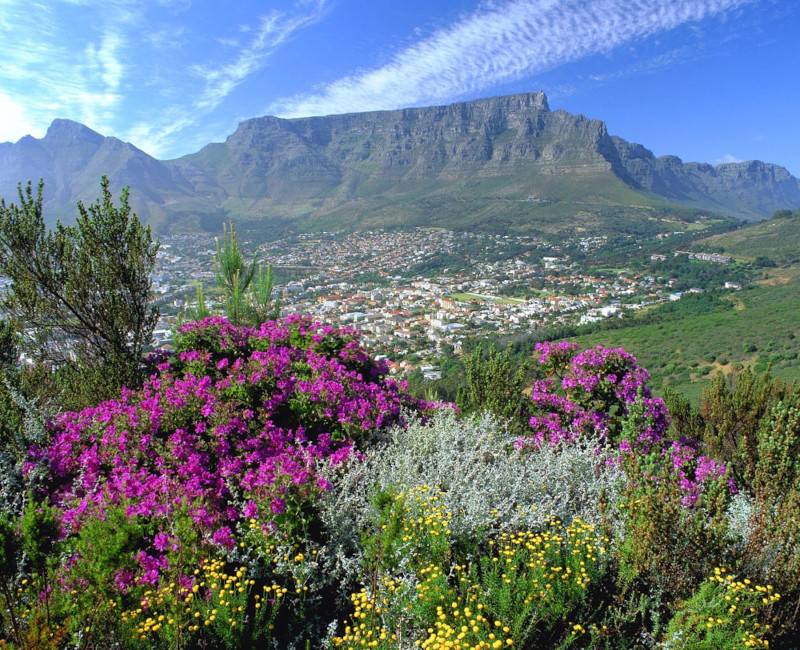
Table Mountain Physical Description
The magnificent Table Mountain receives fully justified appreciation for its natural splendor. Unlike some related features, however, it does so for more than one reason. That’s because it’s not only visually appealing, but also boasts impressive dimensions.
The geological processes that created it also gave the formation a highly elongated shape. It measures approximately 1.8 mi (2.9 km) in length. In contrast, though, its length equals roughly 30 mi (48 km), thus providing the sharply elongated shape it shows.
The upper surface of the wonder of nature further presents a roughly flattened shape. This characteristic easily creates a spectacular large plateau. Its highest point also impresses those fortunate enough to visit. This measures 3,563 ft (1,086 m) above sea level.
Yet the amazing nature of stunning Table Mountain doesn’t merely end there. The above-mentioned plateau lies surrounded by truly magnificent cliffs. These plunge the terrain below in dramatic fashion, being almost vertical along some portions of their length.
An intriguing gorge also appears in addition to its other gifts of beauty. Named Platteklip Gorge, this individual feature splits the cliffs of the primary plateau. Rounding out its breathtaking traits is the almost constant presence of clouds over the top of the mountain.
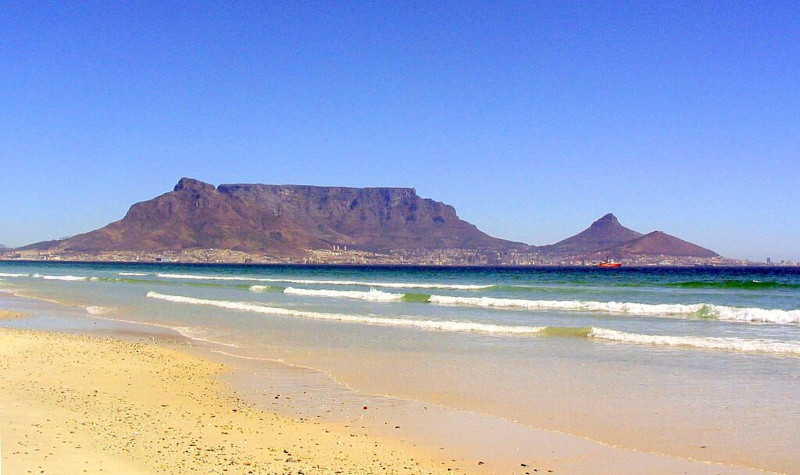
Table Mountain Location, Formation, and Ecology
The mesmerizing Table Mountain formed in a region of the globe already well known for its abundance of geological wonders. That location’s therefore not going to surprise many people. This remarkable feature lies on what’s now the beautiful continent of Africa.
There, the fabulous peak sits in the southernmost portion of that region. More precisely, it lies within the borders of the country of South Africa. Yet, its exact placement, in fact, directly overlooks the city of cape Town, forming an unbelievable backdrop for residents.
This impressive creation of natural processes also formed over a period that extended from roughly 510 – 450 million years ago. During that geological period, known as the Ordovician, two distinct layers were created due to the deposition of specific minerals.
The upper layer is understandably the younger of the two. It mainly consists of very hard quartzitic sandstone. It’s extremely resistant to erosion, too. Meanwhile, the lower and older section is composed of maroon-colored, fine-grained rock called mudstone.
Table Mountain boasts yet another impressive attribute. It hosts a veritable explosion of life! More than 8,200 plant species call it home. Various species of shrubs and heaths constitute the majority of these. Nearly 2,300 live only here or in the immediate area, though!
Numerous animals also live here, as well. This includes many mammals, with the dassie being the most abundant. Reptiles present include several types of tortoises, snakes, and lizards. Amphibians living here include a rare species of frog found nowhere else on earth.
Features Sharing Its Region
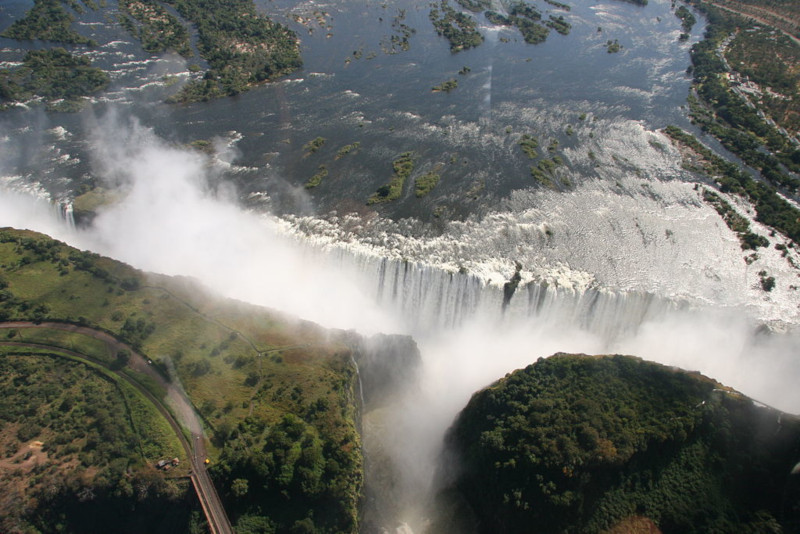
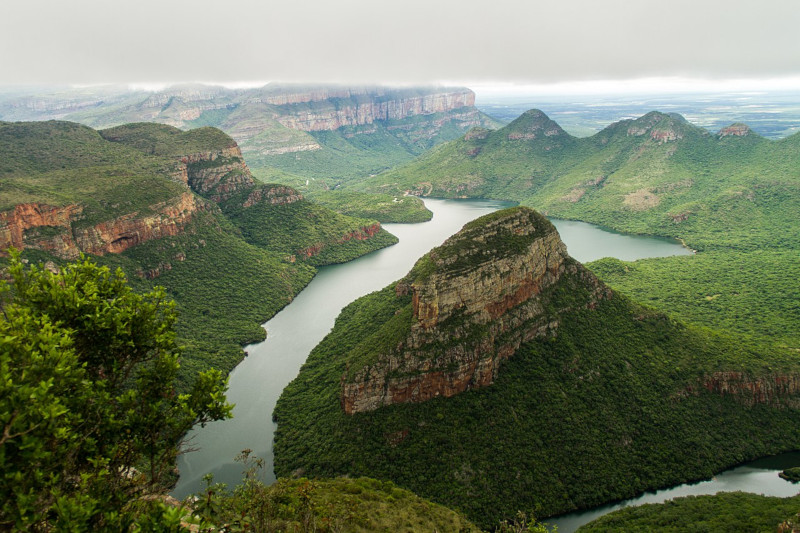

Check out our other articles on 4 Remarkable Reptiles of Australia, Small Copper, Great Potoo, Orinoco River, West Indian Ocean Coelacanth, Cheddar Pink, Blue-lipped sea krait









Leave a Reply